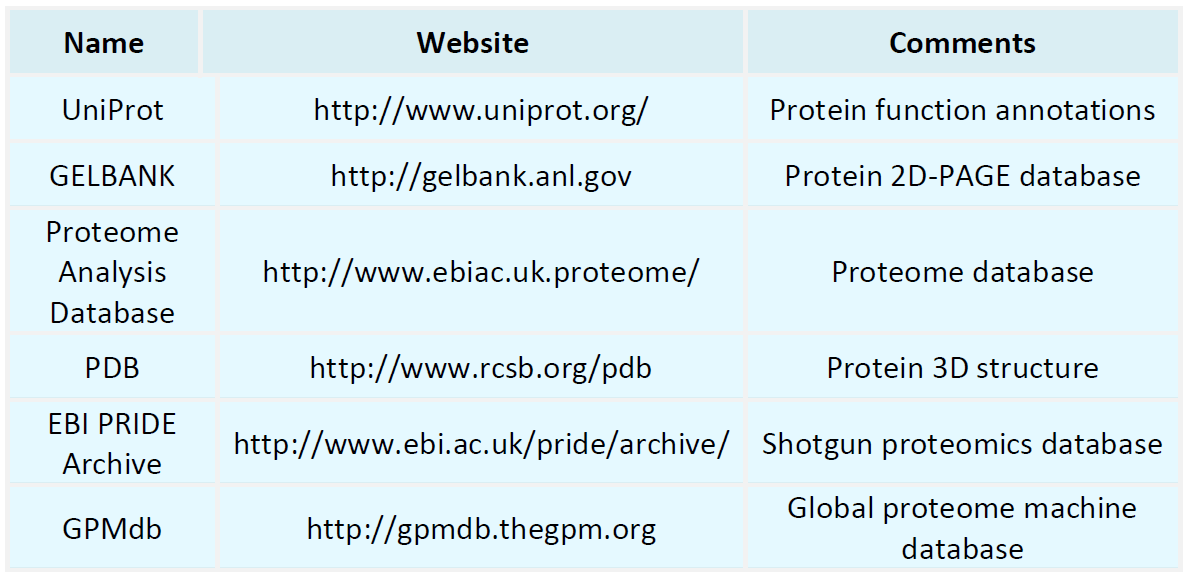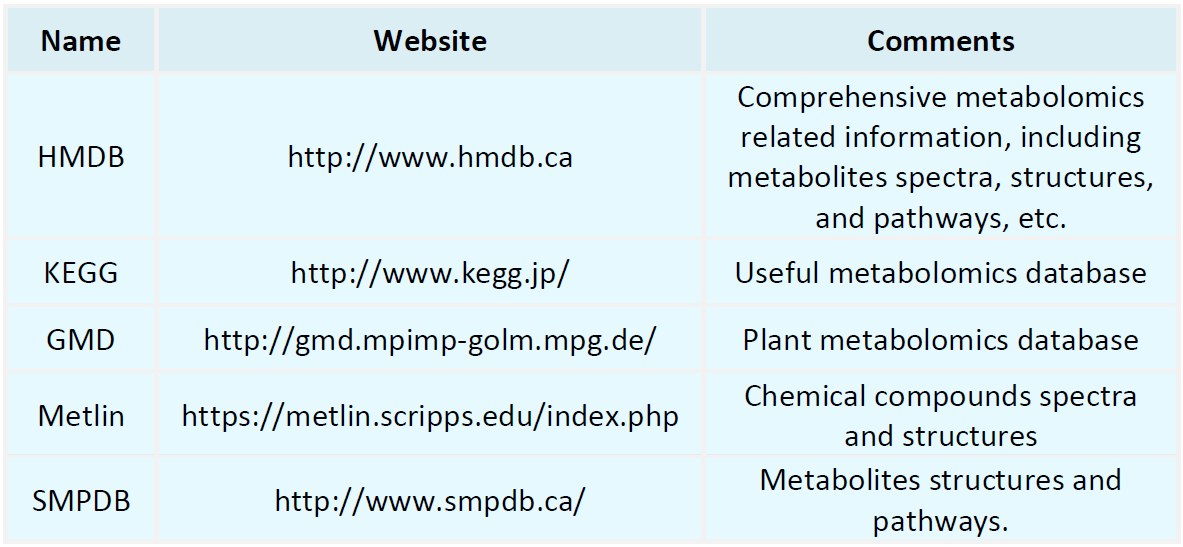Resources
Proteomics Databases

Metabolomics Databases

-
Host cell proteins (HCPs) are among the most prevalent process-related impurities in biopharmaceutical manufacturing. They originate from the metabolic secretion or cell lysis of production cell lines. Despite multi-step purification processes, HCPs can persist at trace levels (as low as ng/mL), potentially compromising drug safety, immunogenicity, and long-term stability. These residual proteins not only pose immunological risks, triggering allergic or immune responses, but may also compromise the st......
-
• Comparative Analysis of Histone PTM Detection Techniques: Advantages and Limitations
Histone post-translational modifications (PTMs) regulate chromatin architecture and gene expression, constituting an essential component of the "epigenetic code" involved in development, differentiation, and disease processes. Owing to their inherent complexity, characterized by numerous modification sites, diverse modification types, and frequent co-occurrence, accurate identification and quantification of PTMs impose stringent methodological requirements. Currently, mainstream detection strategies p......
-
• Advantages and Disadvantages of iTRAQ-based Quantitative Proteomics
iTRAQ (Isobaric Tags for Relative and Absolute Quantitation) is a quantitative proteomics method that combines stable isotope labeling with mass spectrometry, widely applied in the analysis of protein expression across multiple samples and complex biological systems. By labeling peptides with isobaric tags, iTRAQ ensures that peptides from different samples exhibit identical masses at the MS1 level. Upon MS/MS fragmentation, the tags generate reporter ions with distinct masses, enabling multiplexed re......
-
• Advantages and Disadvantages of TMT-based Quantitative Proteomics
Tandem Mass Tag (TMT)-based quantitative proteomics has been extensively utilized in diverse areas of life science research, including biomarker discovery, disease mechanism elucidation, and drug effect profiling, owing to its robust multiplexing capability and high quantitative reproducibility. Similar to iTRAQ, TMT employs an isobaric labeling strategy in mass spectrometry. However, it exhibits distinct technical features in terms of sensitivity, interference resistance, and platform compatibility. ......
-
• Comparative Evaluation of Olink Proteomics Platforms: Explore and Explore HT
The Olink platform has emerged as a widely adopted technology in multiplex proteomics research, offering high throughput, minimal sample requirements, and excellent quantitative accuracy. It is now extensively used in precision medicine, biomarker discovery, and translational clinical studies. Olink currently provides two high-throughput platforms: Explore and Explore HT. Both systems are built upon Olink’s proprietary Proximity Extension Assay (PEA) technology, but differ in throughput capacity, pane......
-
• Advantages of timsTOF Pro in 4D DIA Proteomics Applications
With the ongoing advancements in biomedicine, pharmaceutical development, and precision medicine, proteomics technologies are increasingly transitioning from basic research to clinical applications. Among these, Data-Independent Acquisition (DIA) has gained significant traction in large-scale protein quantification due to its high throughput, excellent reproducibility, and low rates of missing data. However, conventional DIA approaches still face key limitations, such as substantial co-fragmentation i......
-
Spatial proteomics integrates proteomic analysis with spatial localization technologies to characterize the distribution, abundance, and interactions of proteins at the tissue, cellular, and even subcellular levels. This field centers on three key questions: where proteins reside, with which partners they interact, and how their functions vary across locations. Traditional proteomic workflows typically require homogenization of biological samples to generate bulk protein expression profiles. Although ......
-
• Brief Introduction of Protein‑Protein Interaction (PPI)
Within the highly complex microscopic environment of the cell, proteins rarely function in isolation. From signal transduction to metabolic regulation, and from cytoskeletal organization to transcriptional control, nearly all biological activities depend on finely coordinated interactions among proteins. These interactions, collectively termed protein–protein interactions (PPI), involve the formation of stable or transient complexes between two or more protein molecules through noncovalent forces such......
-
• How Does Peptidomics Bridge the Gaps in Proteomics?
Does Proteomics Truly Provide Comprehensive Coverage? Proteomics has become a cornerstone technology for elucidating the functional states of biological systems, particularly playing a crucial role in deciphering disease mechanisms and identifying biomarkers. However, with continued advances in research, scientists have increasingly recognized that even high-throughput and highly sensitive mass spectrometry–based proteomics possesses intrinsic limitations. These limitations include: Inability to accu......
-
• How HLA Immunopeptidomics Advances Cancer Antigen Recognition?
The Core Question in Cancer Immunotherapy: How Do T Cells Recognize Tumors? T cells do not directly recognize cancer cells themselves; instead, they assess whether a cell is abnormal through peptides presented by major histocompatibility complex (MHC, also known as HLA) molecules. Consequently, identifying and characterizing HLA-presented peptides, particularly those derived from oncogenic mutations, aberrantly expressed proteins, or viral integrations, collectively known as cancer antigen peptides, i......
How to order?







